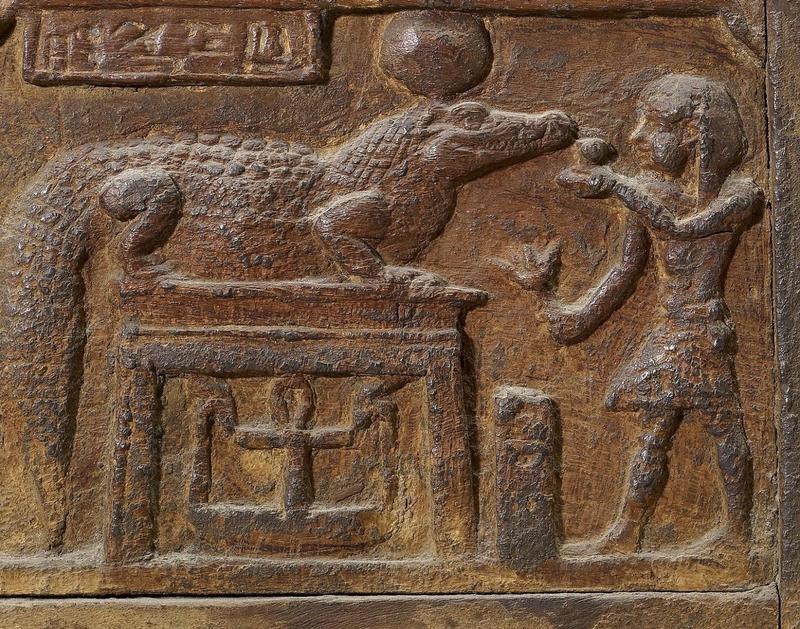
Magic has always been a mysterious way to achieve goals and was often believed to make fantasies come true. In the event of the ancient Egyptian culture, it had been regarded as a way to communicate with the gods, request good luck, as well as a way to interact with the spiritual world.
Heka, the magic of ancient Egyptians, has been among the most mysterious and interesting magical practices in the world. The rituals normally took place in monumental temples with no audience. However, artifacts of everyday life indicate that regular individuals also practiced their very own style of magic, which they thought brought them nearer to the gods and personal desires.
Mysterious Practices Outside Ancient Temples
The earliest information regarding ancient Egyptian magic comes from approximately 4500 BC. Magical amulets that were made in those times remained in use until roughly the 5th century AD, and have been restored in modern times. There are additionally a few written spells that have survived till today on reliefs, paintings, papyri, etc.
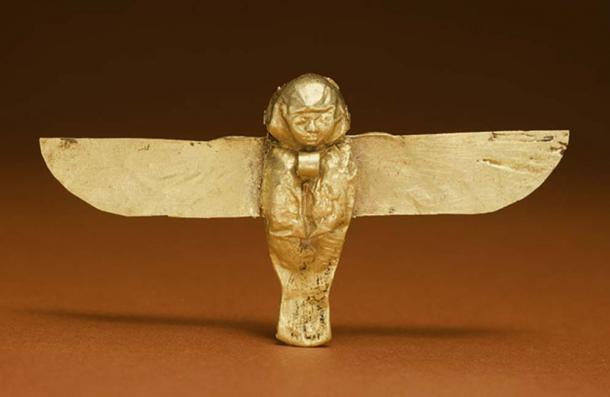
This golden Ba amulet from the Ptolemaic period could have been worn as a apotropaic device to ward off evil or bring good luck. ( Walters Art Museum )
Many objects associated with Heka magic were found in tombs. Due into the remarkable variety of well-preserved ancient graves, there are plenty of interesting inscriptions referring to magical practices too. The name Heka comes from a god who’s among the earliest deities of ancient Egypt. Heka was introduced in human form, which made people feel closer to him compared to other deities.
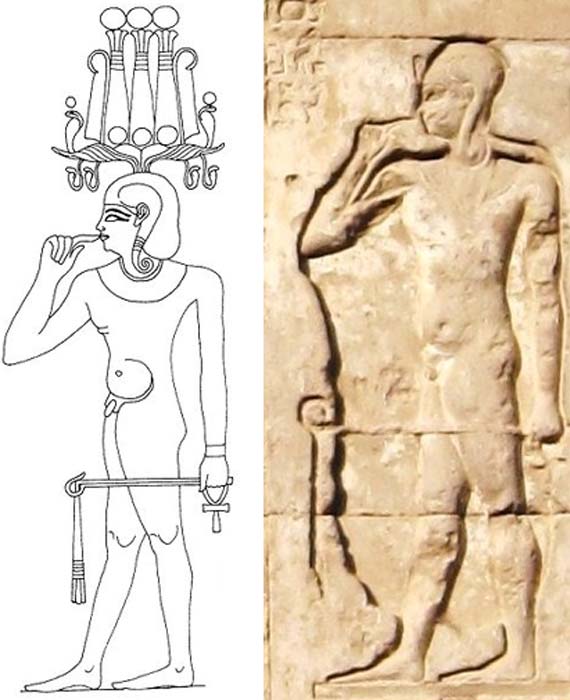
A drawing ( Public Domain ) and relief (Olaf Tausch/ CC BY 3.0 ) of Heka-pa-chered (Heka the child).
According to Geraldine Pinch:
“Heka could be identified with the creator himself, particularly when the latter appeared in child form to symbolize the emergence of new life.
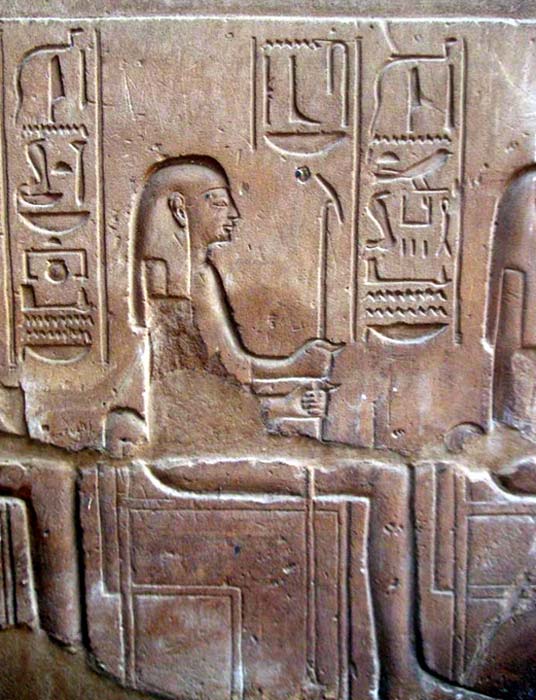
A relief representing Weret-hekau. From the reign of Ramesses II ( CC BY 3.0 )
People believed that magic could be cast in certain places like temples and shrines, but also in nature. Despite the contemporary misconception, it’s very important to be aware that ancient Egyptians did not see hieroglyphs as magic tools in themselves, they were also letters. The misinterpretation of the use of hieroglyphs in ancient Egypt is one of the biggest mistakes in contemporary comprehension of this craft.
Magical rituals were conducted in temples every single day. There were three kinds of magic: everyday magic, typical temple magic, and magic related to an individual’s life. They were closely related and affected one another.
Heka and Akhu
The most frequent word for magic is “‘heka” – meaning one of the forces used by the main creator deity to make the world. Apep was responsible for chaos, but the world was created out of chaos in the perfect divine order. It is also related to the goddess Maat, who is connected to harmony, truth, and justice. This understanding of the world’s creation was the basis for ancient Egyptian magic.
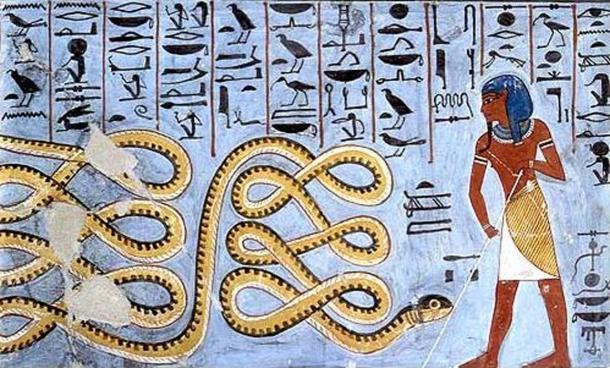
Ancient Egyptian art depicting Apep being warded off by a deity. ( Public Domain )
There is one more word in the ancient Egyptian language which describes magical powers – akhu. It means “spells” or “sorcery”. Akhu was used by the stars and deities, it was not good nor bad. However, the meaning of heka is better known. Every single magical being (like gods or, for example dwarves) had their own heka. According to Sir James Frazer, magic was a manipulation of supernatural beings by a human who hoped that the correct behavior, ritual, words, or actions would bring a desired result. In Egypt, it was also connected with religion.
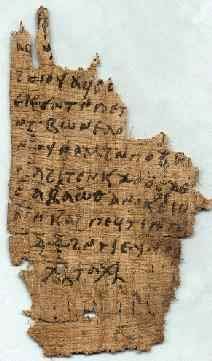
Magical spell written in Coptic. ( reshafim.org.il )
The greatest “magicians” were priests from the temples. However, some people also used magic for their own purposes. One example of Heka which has lived until today is a spell made by a priest called Hor. He dwelt in the 2nd century BC and cast a spell that went as far as threatening the gods with sacrilegious actions and cosmic catastrophe. When rituals were associated with the calendar and particular seasons of the year, magic was conducted to encourage people during emergency and might have been similar to Hor’s spell.
Renaissance of Heka
Ancient Egyptian magic hasn’t been completely forgotten. It lived in not only Egyptian, but also Greek and Roman ancient texts. In the 20th century, even following the creation of a brand new means of witchcraft and paganism known as Wicca, the subject of magic from ancient Egypt became even more popular. Nowadays, some people have turned to the ancient masters of magic.
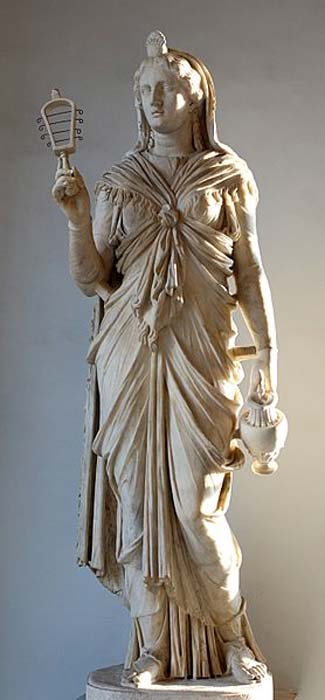
A Roman statue of Isis carrying a sistrum and an oinochoe. ( Public Domain )
References
E. A. Wallis Budge, Egyptian Magic, 1901.
Geraldine Pinch, Magic in Ancient Egypt, 1994.
Norman Bancroft Hunt, Living in Ancient Egypt, 2008.
Rosalie David, Handbook to Life in Ancient Egypt, 1998.
James Frazer, The Golden Bough, 1890.
Be the first to post a message!